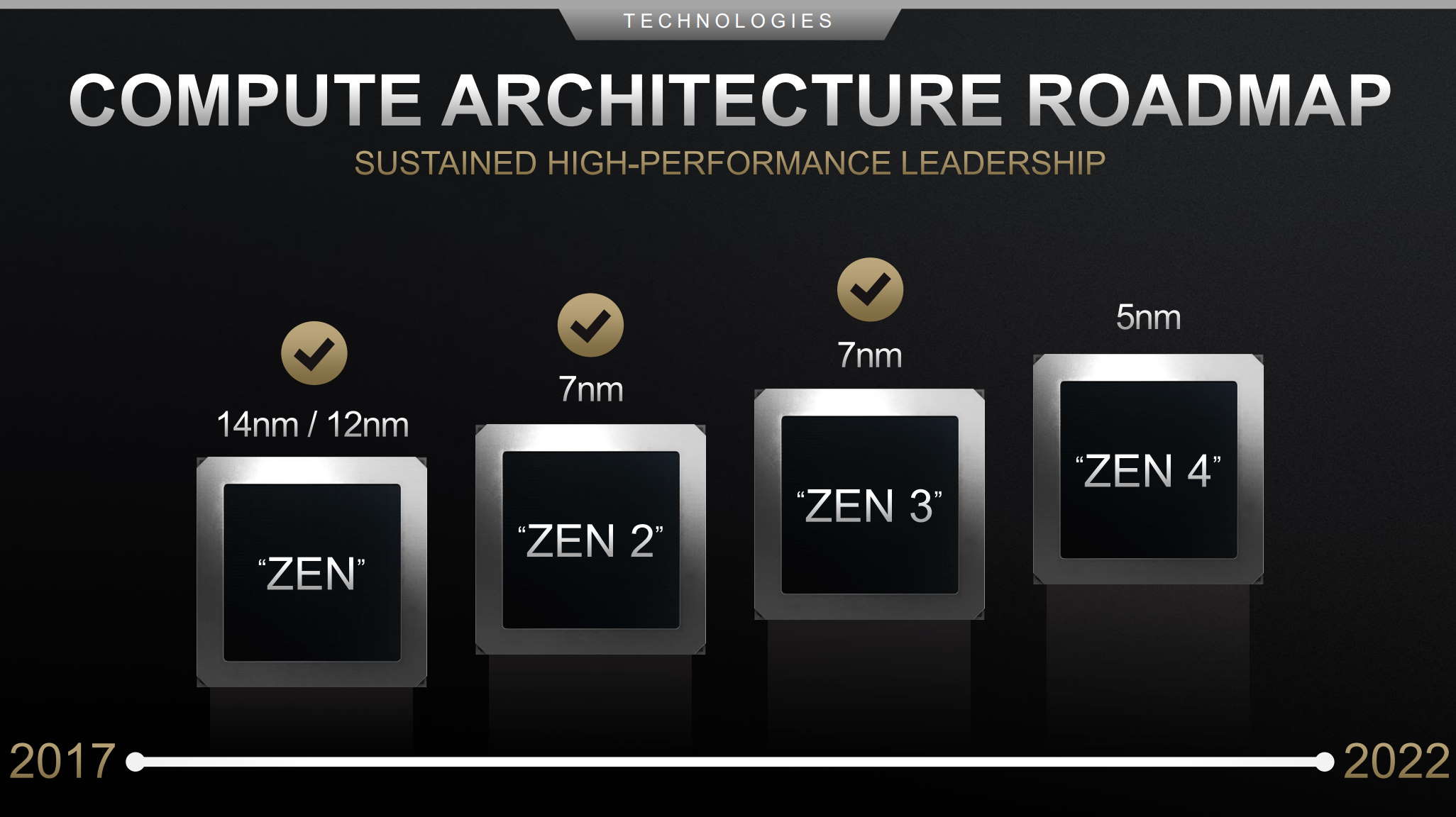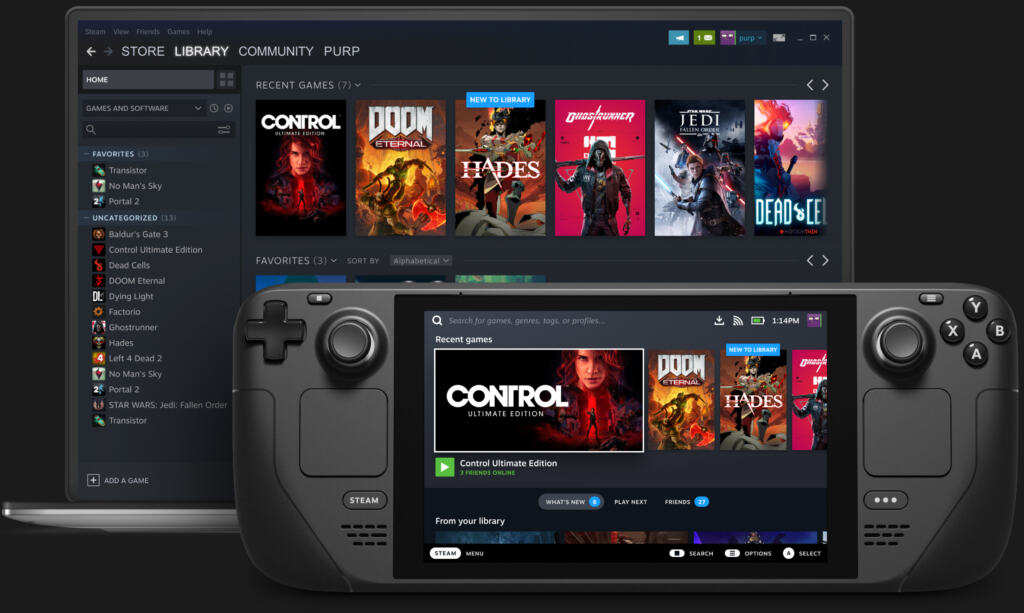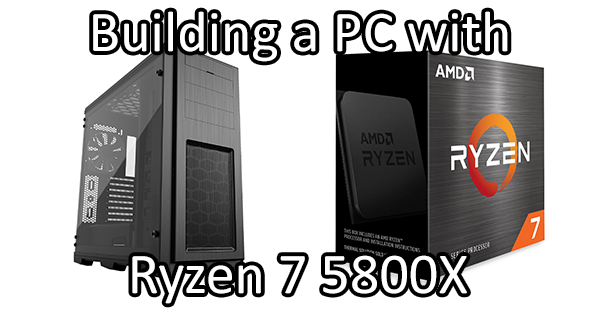
(Sailboat photo by Robbie Sproule)
Can you feel it? The change for PC builders, not very subtle, happening even as I type these words?
The clouds have lifted. The sun is shining. The news is good. It is as follows:

(Sailboat photo by Robbie Sproule)
Can you feel it? The change for PC builders, not very subtle, happening even as I type these words?
The clouds have lifted. The sun is shining. The news is good. It is as follows:

AMD has stayed surprisingly silent over the months since Intel kicked off their 12th generation, letting loose a full series of beefy Intel consumer-grade CPUs. Little is known about the secretive Ryzen 7000 series of processors, AMD’s next CPU lineup, but a few morsels of information have been released so far that give us a general idea of what to expect from Zen 4, and boy are they juicy.
Let’s get right into them!

Valve has released the Steam Deck specifications, and they have spawned a storm of excitement. Essentially, the Steam Deck is a handheld gaming PC built around SteamOS. The Steam Deck is poised to be a fairly unique product, looking like a hybrid of a handheld console like the Switch and a conventional desktop PC (like the ones found in our main chart). Indeed, Valve’s Deck is being marketed as a “Gaming PC” with the intention of providing all the features that framing entails, for everyone from tech enthusiasts to gamers.
It’ll have a native SteamOS interface with (mostly) complete support for your pre-existing Steam library (limited to games that have either been ported to Linux or which can be run with Proton and Steam Play), and it’ll also have the ability to replace SteamOS with another option, such as Windows, in order to run just about any other title you can think of.
The Steam Deck specifications and features allow you to run anything and everything on it—and its the combination of that openness; controls including a touchscreen, capacitive pads, and back-grip buttons; the ability to ‘dock’ it to play on a TV or monitor; and a priority placed on ergonomics that (altogether) makes the device more interesting than something like a Nintendo Switch or a GPD Win3. There are just so many features all at once!
As for the hardware itself, Valve has released a very comprehensive spec sheet on the Steam Deck website. We’ll know exactly how this hardware will perform in games once the first units make it into the hands of reviewers, but until then we can take a close look at the provided specs and discuss how they stack up against current desktop hardware!

With the release of the Ryzen 7 5700G and the Ryzen 5 5600G, AMD have once again spiced up the CPU market. They feature similar specifications compared to their 5600x and 5700x counterparts, but have iGPUs in them too, and at a lower MSRP! The rise in price for the 5600x and 5700x shocked some people, so it is nice to see that it is going back down again.
These chips might change the market and create new possibilities for PC builders. Thus, in this article, I will discuss potential uses for these new chips, and talk about their specifications.
Time traveling is always a risk. When you go to the past, there’s the usual dangers like making sure you don’t talk to your past self, not stepping on any bugs so you don’t trigger the butterfly effect, etc… and when you go to the future, there is the danger that your expectations could be a million miles off of what actually happens.
Well, that second type of time travel is what we’re risking today: we’re gonna take a speculative leap forward in time, to discuss AMD and Intel’s CPUs of the future!
We’ll do our best to base our speculations on available evidence, in the hopes that they won’t be a million miles off of reality (maybe only a thousand miles). So, let’s take a look at some future manufacturing tech, and see who might come out on top in the next era of the ongoing battle between red and blue.

Thanks to chip scarcities and high demand due to people working at home, computer part prices have skyrocketed. And that includes the price of the Ryzen 3 3200G. Once upon a time, the 3200G was a solid budget option for anybody looking to build a budget gaming PC to get started with PC gaming.
But it cost about 100 USD before the prices starting jumping, and it is now either out-of-stock or costs over 200 USD! Still, thanks to people still being stuck (or content) at home and prices on higher-tier components ballooning even higher, lots of people are planning to build a budget PC right now. So, should they overpay for the 3200G, or does it now make more sense to step back in popularity and/or age to buy an ultra-budget graphics card and CPU combo?

The RTX 3060 was recently launched. It is an improvement compared to the previous-gen RTX 2060, while (as expected) falling behind its faster RTX 3060 Ti brother. With seemingly promising benchmarks and an MSRP of 330 USD, it seems like a great card.
But the RTX 3060 is not available for its MSRP of 330 USD. In fact, right now it goes for around 1000 USD—if you can find it in-stock, of course. The demand is incredibly high, which results in prices of about three times the MSRP (or, again, the card simply being out-of-stock).
Nonetheless, we are undeterred! We will try and see if you can build a decent rig with it, despite the overpriced and rare status of this new GPU.

Things are not looking ideal for anyone planning to build a PC. The world is in a global pandemic, and supply deficiencies are mixed with high demand. One of the categories that is affected the most is the GPU market: even the cheapest graphics cards from the latest generation are inflated in price to over 500 bucks, across both AMD and Nvidia options.
Because of this, many people are buying graphics cards from the previous generation: Those cards offer a good bang for the buck, and excellent performance. With a budget of 200 bucks, you can get a pretty solid card. Both AMD and Nvidia offer good options, in the form of the RX 5500 XT (4 GB) and the GTX 1650 Super, respectively. Today we are opposing these two cards against each other. Which one should you pick?

With Ryzen 7 CPUs often being a popular choice for high-end gaming builds these days, we take a look at what can be done with the Ryzen 7 5800X.

AMD came out swinging with their top-of-the-line Ryzen 9 5950X. They haven’t quite hit that mystical 5 GHz clock speed just yet, but 4.9 GHz isn’t far off!
Let’s get into building a high-powered workstation desktop PC with it!